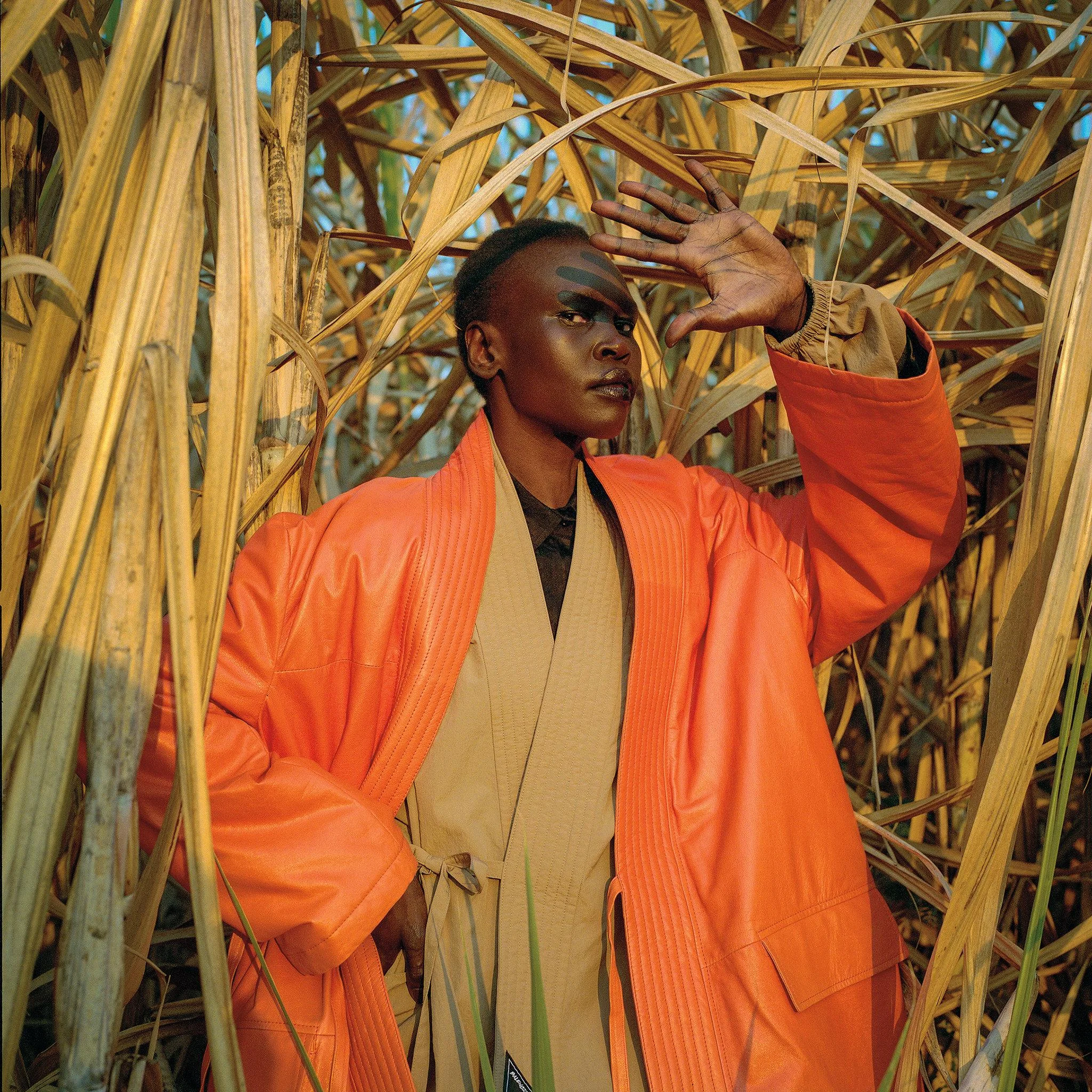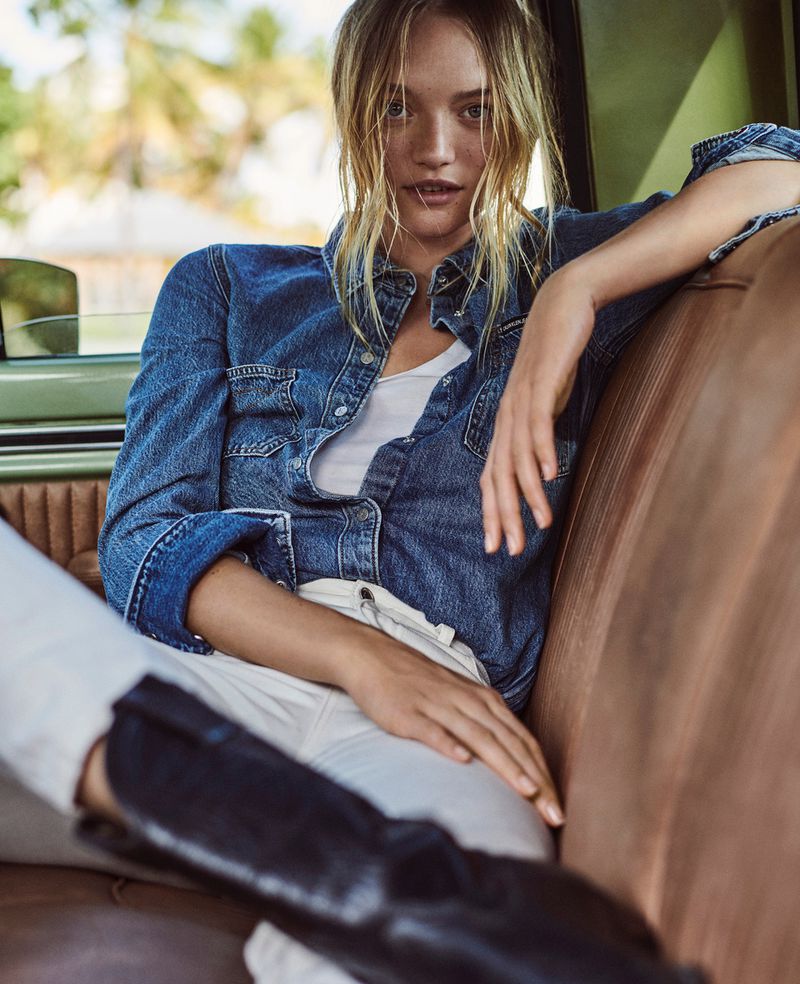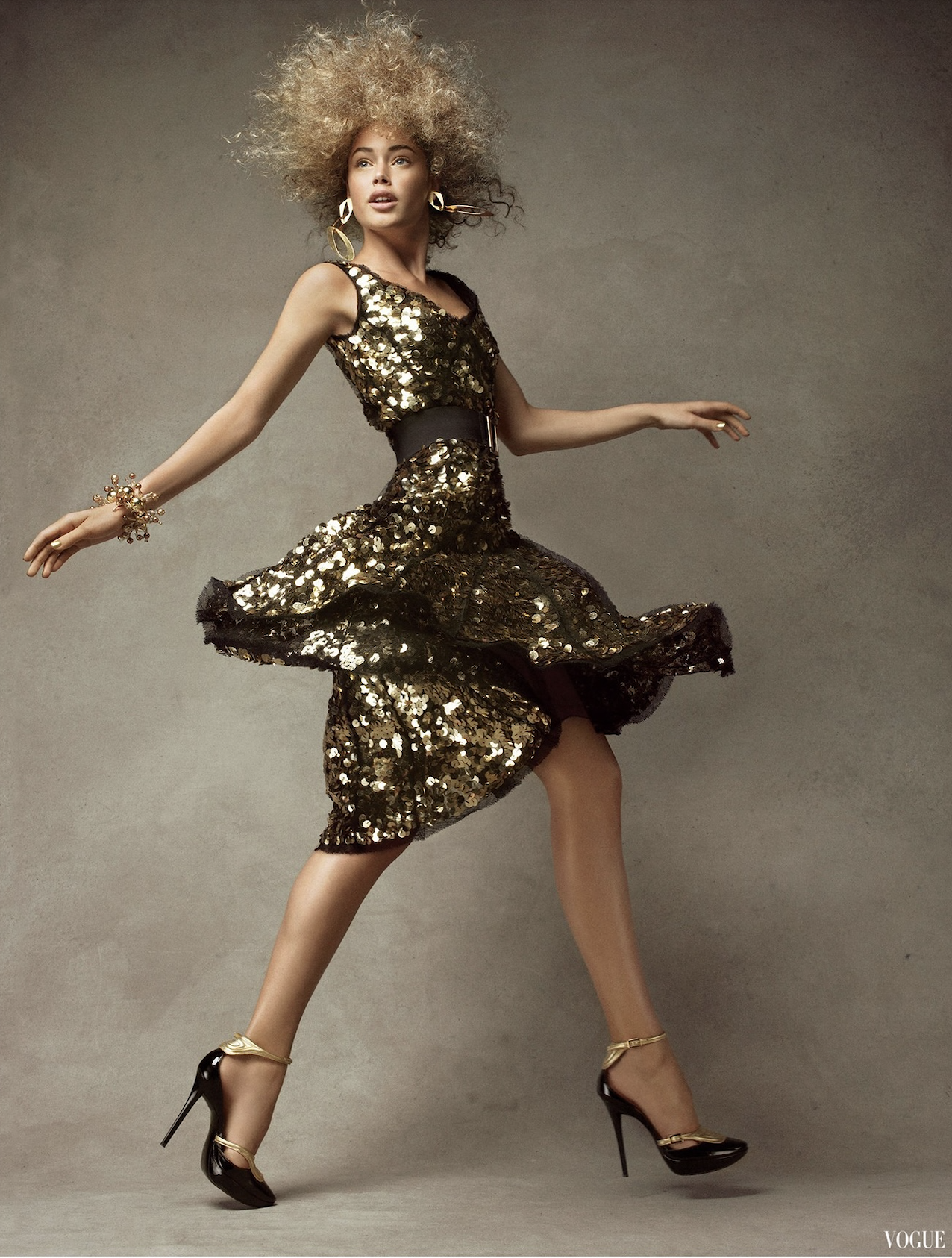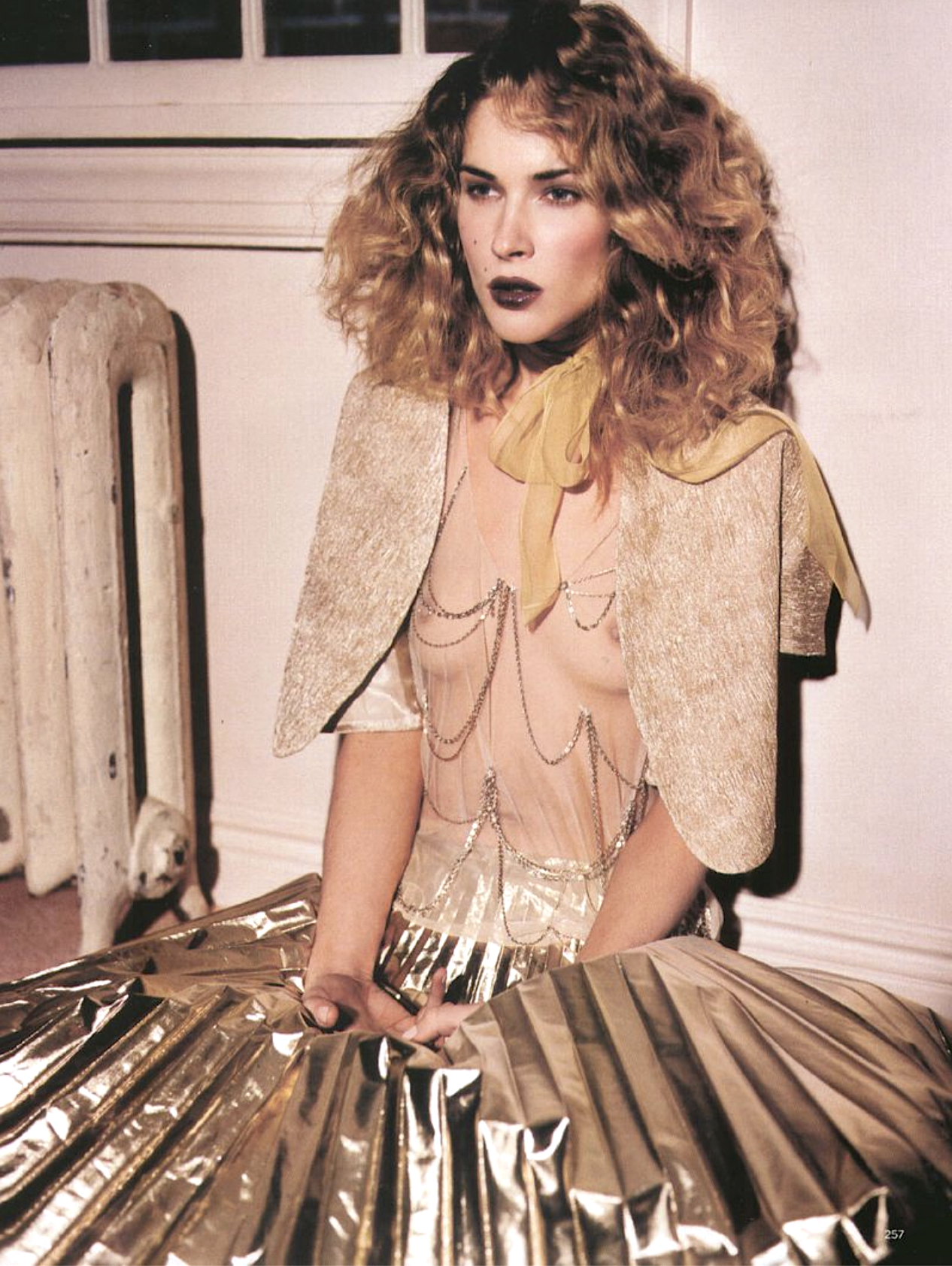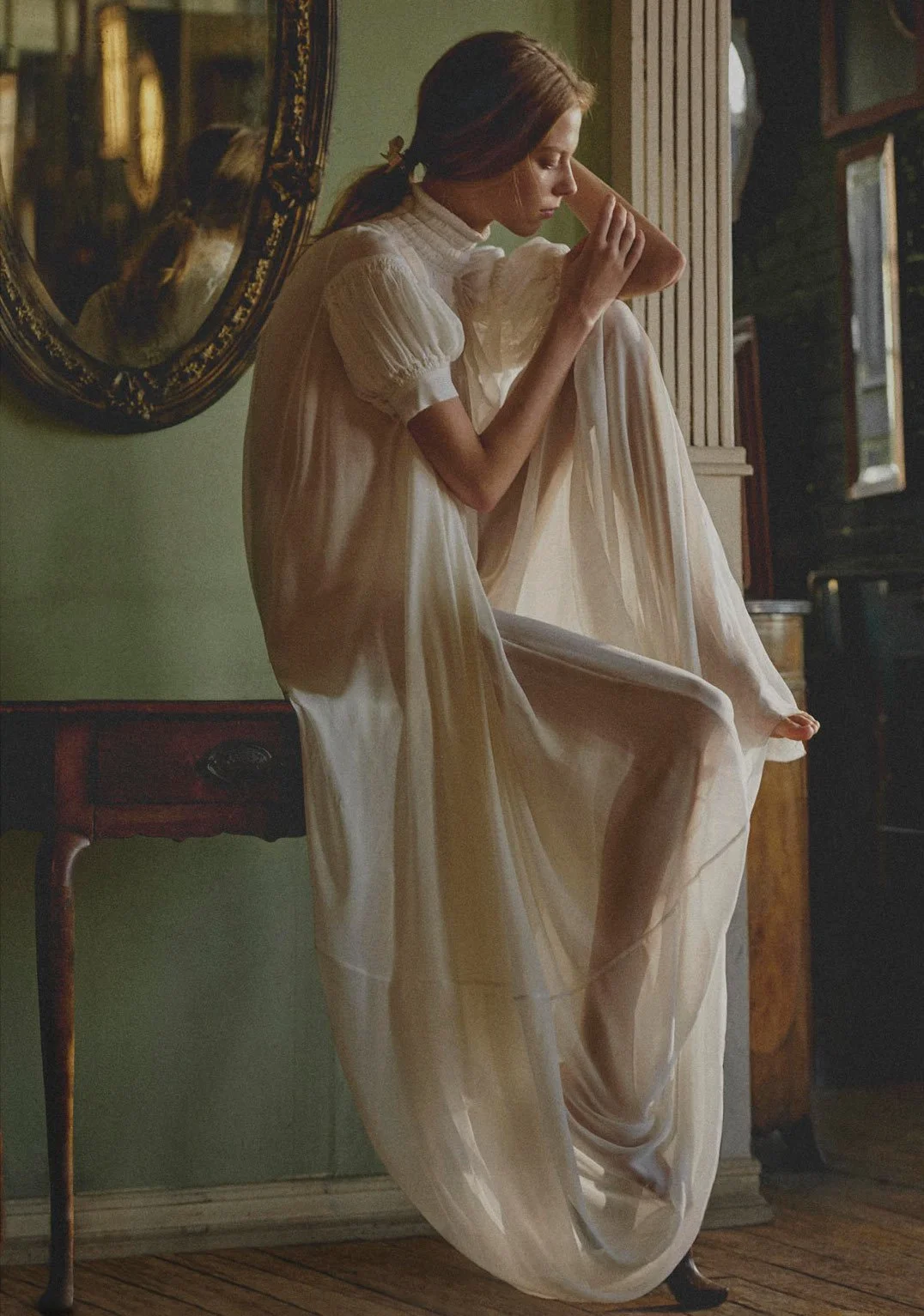China's New Luxury: Grace Gao| Mei Yuan Gui | Numéro China No. 2 Oct 2010
/ Photographer Mei Yuan Gui’s images of Grace Gao, styled by Joseph Carie, for Numéro China No. 2 October 2010 captures brilliantly in images, the dynamic of China’s expanding luxury markets, observed on NYTimes Style critic Cathy Horyn’s first trip to China.
Photographer Mei Yuan Gui’s images of Grace Gao, styled by Joseph Carie, for Numéro China No. 2 October 2010 captures brilliantly in images, the dynamic of China’s expanding luxury markets, observed on NYTimes Style critic Cathy Horyn’s first trip to China.
Actually I was surprised by her admission, because I don’t know how one understands global fashion without living and breathing the air and energy in China, India, Brazil and all the emerging markets that are driving fashion design and global ad campaigns in the modern world.
Emerging Luxury Markets and Smaller Women
I’ve written that fashion’s last-decade preference for size 0 models has been driven by a need to unseat the influential supermodels as healthy-body role models for women and challenges to the fashon patriarchy’s power. But I’ve also acknowledged that Asian women are smaller than Western women, and will be very influential in evolving beauty standards in the 21st century.
Western women haven’t yet understood that we are losing our grip as the center of the fashion universe and as dictators of beauty. French women, and Italians, too, will make this transition with much more ease than American and British women.
The American luxury fashion customer tends to be trim and fit, but the growing demand for ‘real women’ in fashion imagery on a mass scale, does pit significantly-larger American and British women against a much smaller, global female population of thinner women.
The Mei Yuan Gui’s images of Grace Gao are focused on sensuality and Western values, the overt display of wealth that comes with an expanding luxury market.
China, like the Middle East and other parts of Asia, frowns on overt expressions of physicality — whether in pornography or fashon magazines.
Sensuality in Art
Art becomes the ‘sticky wicket’ where temptation rears its expression, although Islam at least takes a stab at containing the artistry of sensuality, by forbidding representations of the human body.
The truth is that in Lahore, Pakistan — Taliban country — artists take risks every day in expressing the forbidden through art.
In a few lucid, gorgeous fashion images, Numéro China No. 2 conveys the complexity of the emerging Chinese luxury market and the visible emergence of wealth in Beijing.
Earlier this week, we posted a sophisticated photo montage of Liu Wen, lensed by Sebastian Kim in an editorial called ‘Dynasty’ for Muse Fall 2010. These Numero No. 2 images recall my writing about the rise of the courtesans in Shanghai in the 1850s, women who mingled freely with western journalists, artists and businessmen. The courtesans adopted western clothes and customs that influenced the material desires of Chinese women.
















Liu Wen | Tiziano Magni | Numéro China, October 2010 editorial at Sensuality News
A subdued look at sexuality in China.
